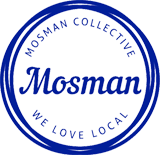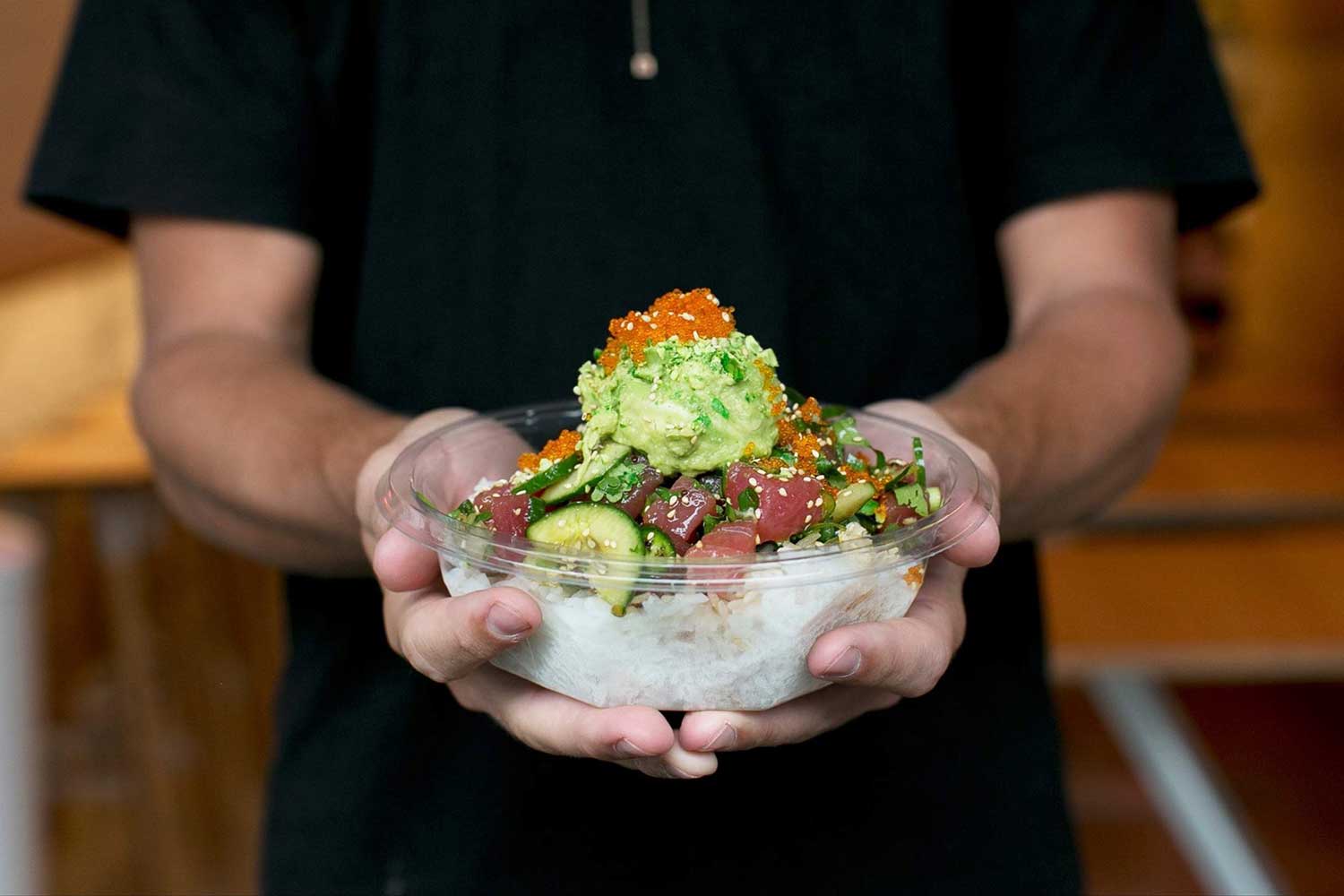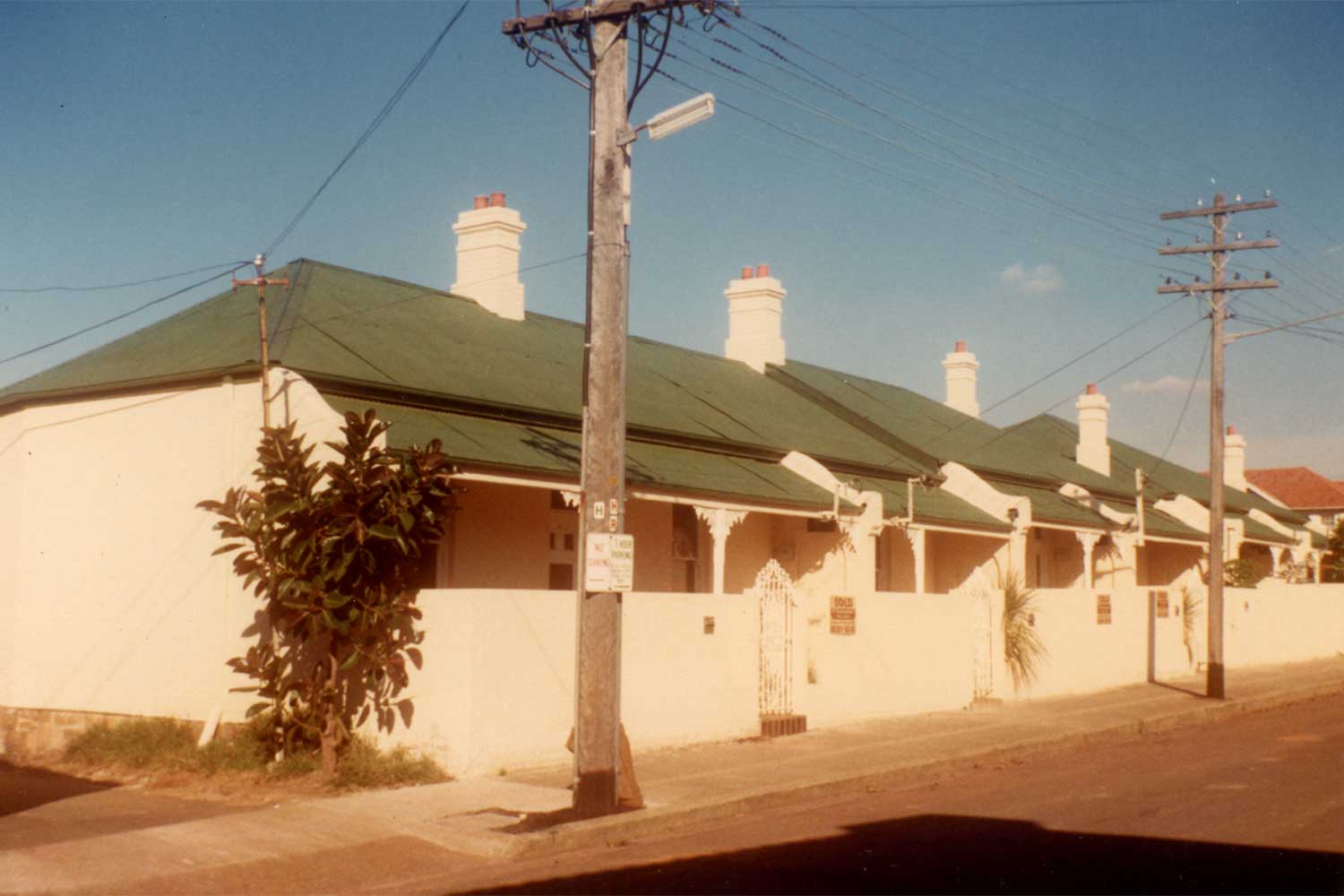The best tricks to keep those pesky brush turkeys away from your Mosman and Neutral Bay gardens.
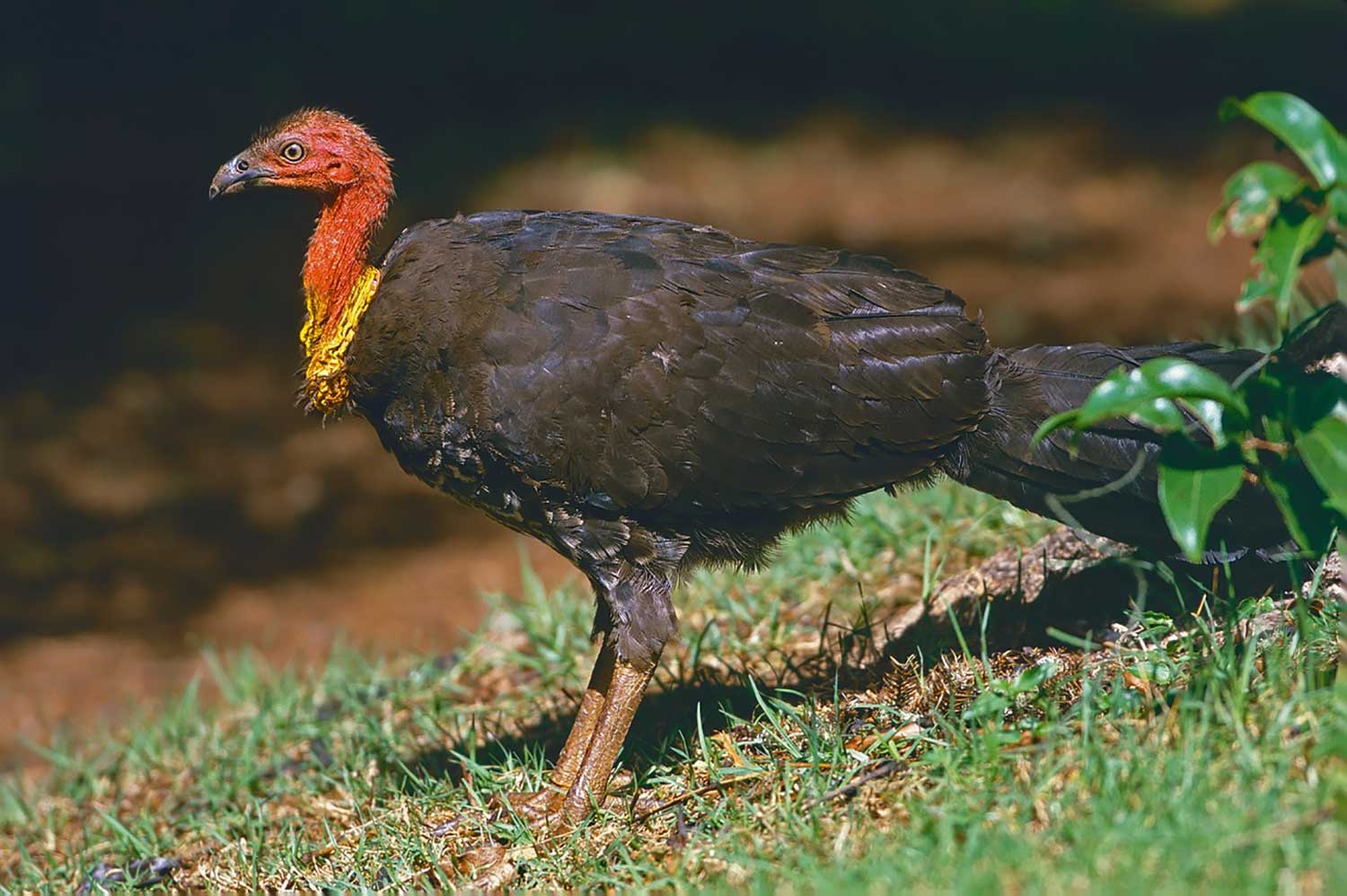
It’s Brush Turkey breeding season. How do we keep them from wreaking havoc in our yards?
By JACK KELLY
It’s brush turkey breeding season when considerable damage is inflicted on lower north shore gardens as the megapodes build new nest mounds to attract a mate.
Over the past 15 years, the birds are ever-present in North Sydney and Mosman LGAs, easily identified by their black plumage, bald red head and yellow dangling wattle.
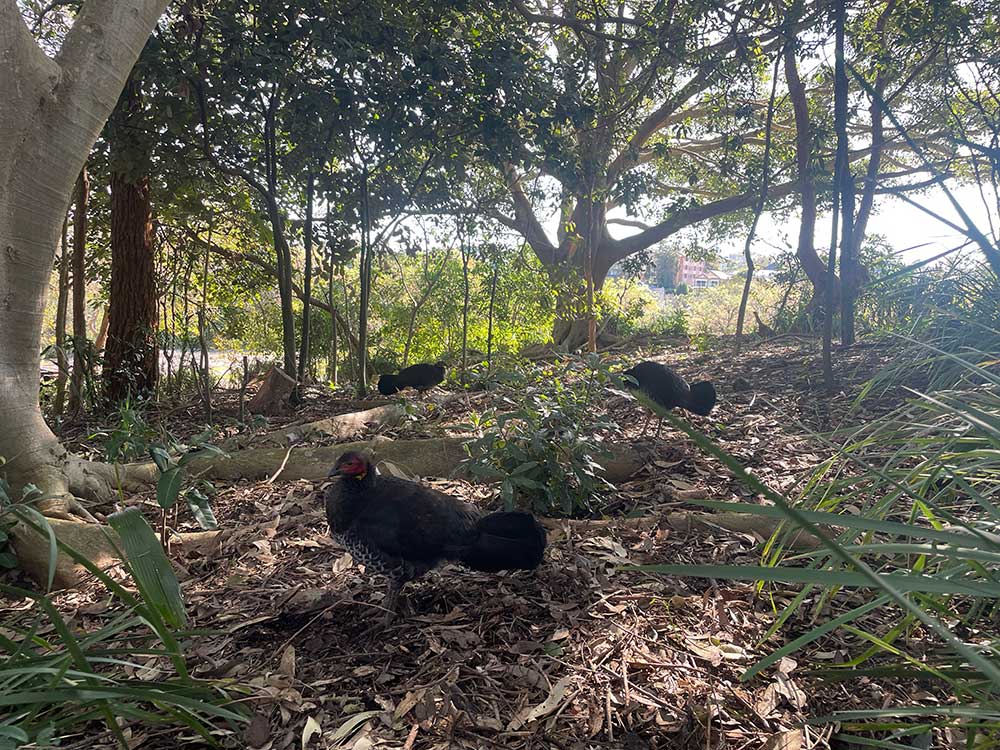
Love them or hate them, Brush Turkey’s are ever present in Mosman and North Sydney LGA’s.
So, how do we keep them from wreaking havoc in our yards, spreading garbage across the road, and walking in front of traffic?
Early intervention is vital, says ecologist Dr Ann Goth.
“People think the Brush Turkey is dumb. I would say they’re quite smart because they’re very quick in adapting to new situations,” Dr Göth said.
“They have survived and thrived in our urban environment.”
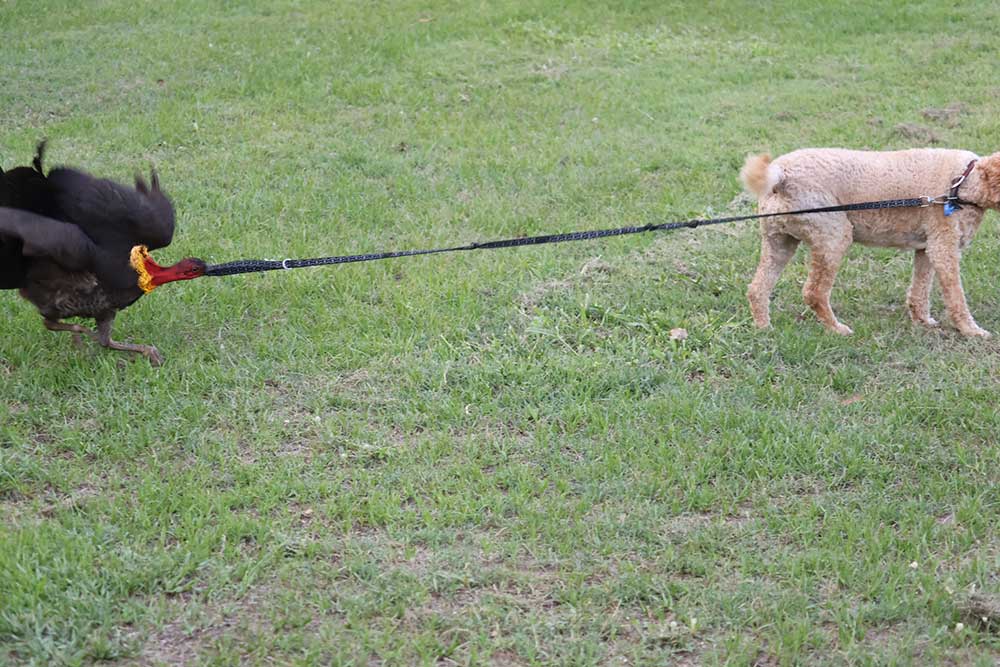
“People think the Brush Turkey is dumb. I would say they’re quite smart,” Dr Ann Goth told Mosman Collective.
The Australian brush turkey’s (Alectura lathami) colonisation of the city is remarkable.
Hunted to the brink of extinction in the 1930s, the bird that once fed starving Australians during the Great Depression rebounded in the 1970s when Legislation changes led to its protection.
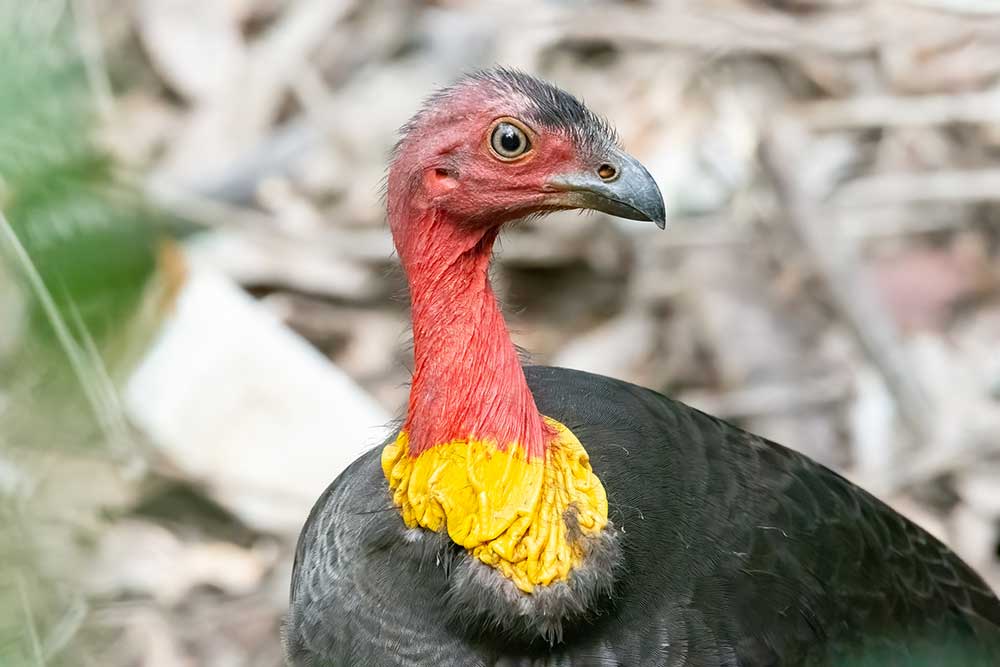
Over the past 15 years, the Brush Turkey has survived and thrived in our urban environment.
A Wildlife Research study published by the CSRIO documenting the rise and fall of the urban bird states their population numbers jumped from just three Sydney suburbs in the 1990s – to 310 by 2019.
“In Mosman, they’ve been around for ten years or so, but before that, people hadn’t seen them for many decades. We call them urban survivors,” Dr Göth explained.
“Media articles generally say the birds are invaders, trivial-like creatures, and call them lots of testy, nasty names.
“My mission is to change public perception of the Brush Turkey.”
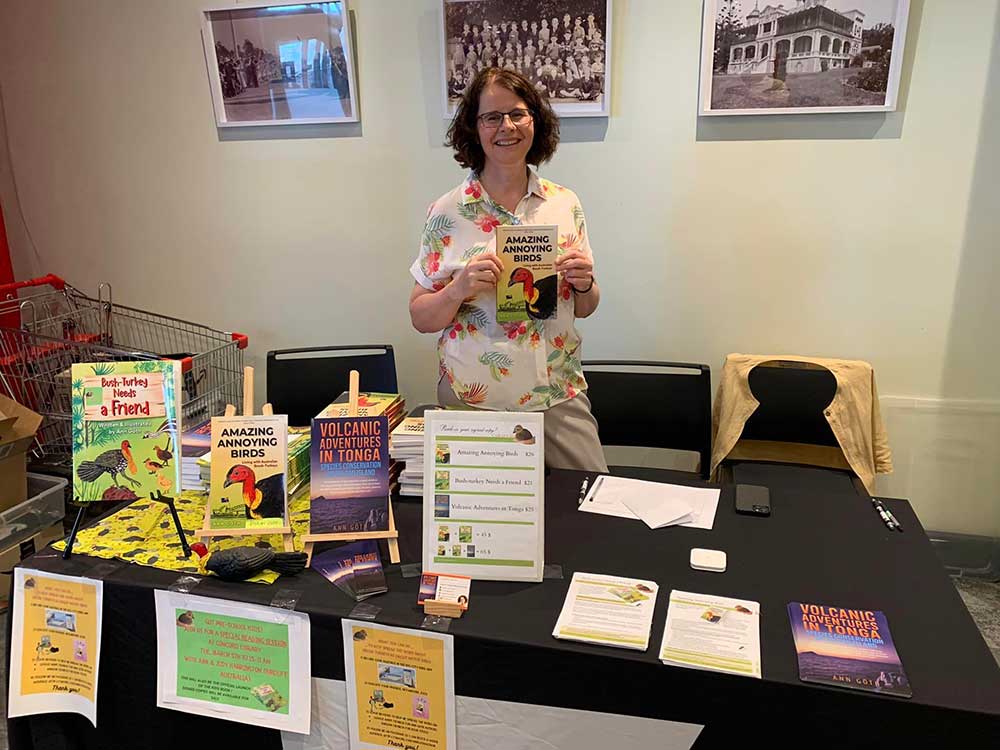
Ecologist Dr Ann Goth.
Dr Göth’s interest in the bird came while studying a similar species in Tonga, which used a volcano as an incubator. She then came to Australia to complete her PhD on brush turkey chicks in Brisbane.
Now, the ecologist is determined to show the lower north shore it’s possible to coexist with our annoying backyard neighbours.
“People should appreciate having such unique native wildlife in their garden,” she said, “but then there are the people who obviously don’t like them. They want to get rid of them, and there are a few methods they can use.”
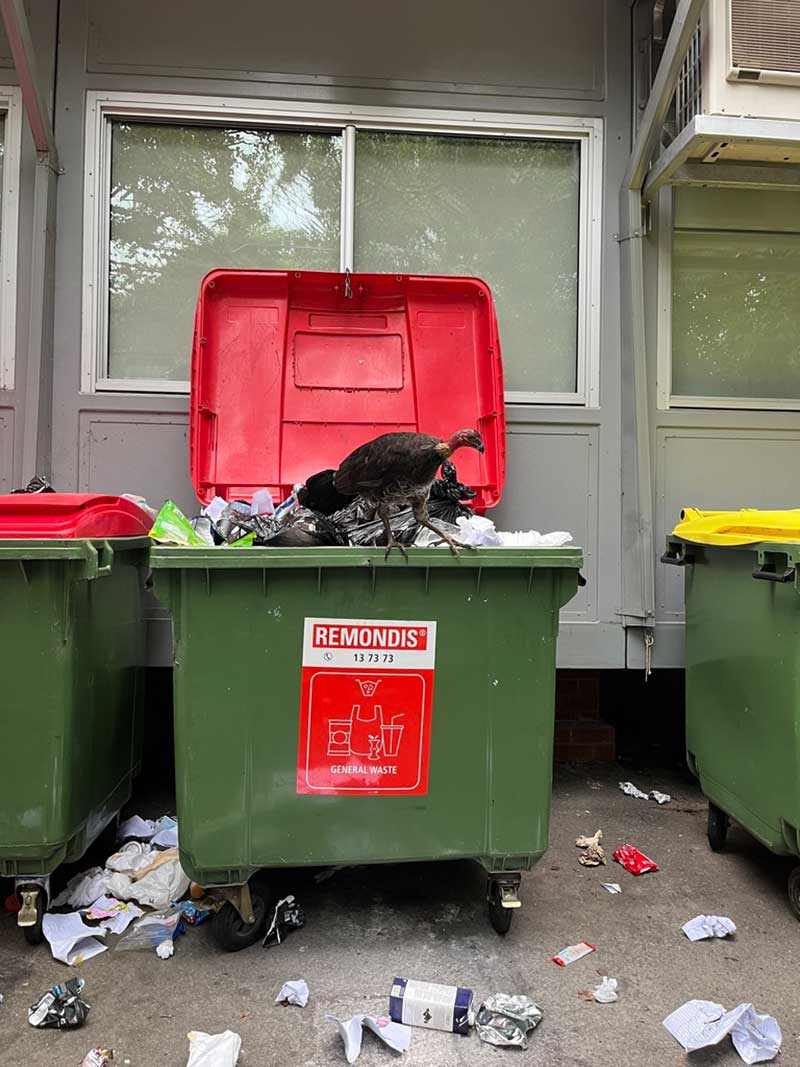
It is possible to co-exist, Dr Goth said.
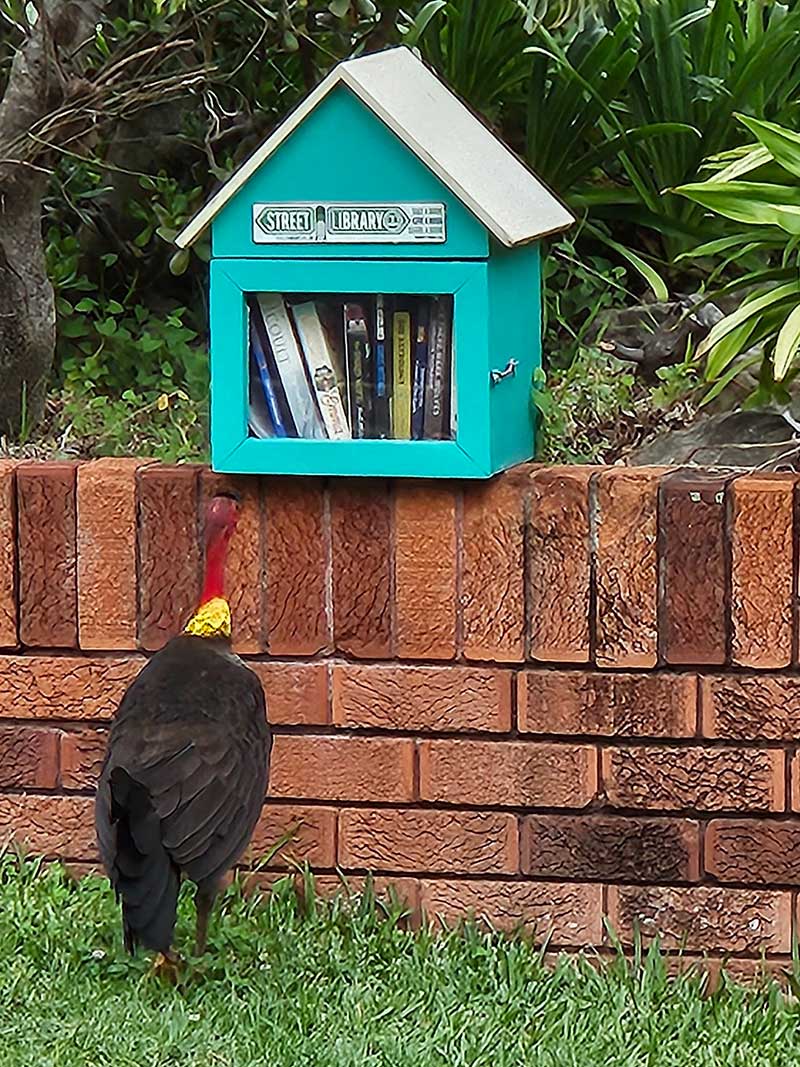
Nesting Brush Turkeys need to be managed early.
Get The Latest News!
Don’t miss our top stories delivered FREE each Friday.
Managing brush turkeys on your property
- Prune your trees [within Council reason, of course] and trim back your hedges. Brush Turkey love shady spots for nesting. Without it, they’re likely to build their mound elsewhere.
- Automated sprinklers. Also known as garden sentinels, these sprinklers spray passerby turkeys, deterring them from your garden.
- Tree guards. Placing vertical stakes between plants makes it difficult for turkeys to mine for resources.
- Removing material. If a mound appears in your garden, you have around four weeks before an egg is likely to appear. Before then, you can move the materials elsewhere.
Dr Göth believes if people learn about the quirky behavioural patterns of brush turkeys and the process behind their nesting methods, a newfound appreciation for the bird will spawn.
“Brush turkeys are orphans from birth; once they’re out of the mound, the chicks are on their own, which is a contributing factor behind their resourcefulness,” Dr Goth said.
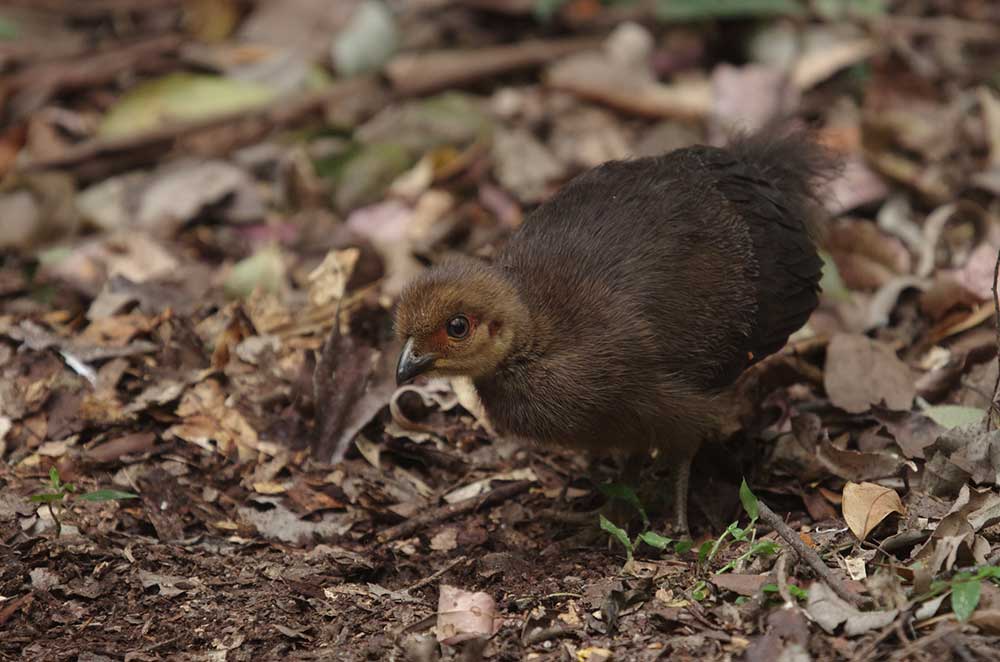
Brush turkeys are orphans from birth; once they’re out of the mound, the chicks are on their own.
Nesting season usually begins in July and August but can kick off earlier if the conditions are dry. Male turkeys are the ones who do all the work, gathering up to five tonnes of resources for their mounds within a 150-metre circumference.
They also have an impressive way of regulating their mound temperatures to incubate their eggs and do not waste their time on ‘mound-digger’ females.
“They’re very industrious. Every day, they test the temperature in that mound with a little sensor in their beak, like a thermometer. If the mound is too hot, they open it up, and if it’s too cold, they heat more material on top,” Göth explained.
“They’re very territorial, especially in the breeding season.
“You will often see them chasing away other males, and they also chase females because they don’t want them near their mound unless they’re really serious about laying an egg in there!”
If you’d like to learn more about the Aussie Brush Turkey, book now to attend a special ‘Living with Australian brush turkeys’ seminar and workshop at Stanton Library on August 21 from 6 pm – 7 pm.
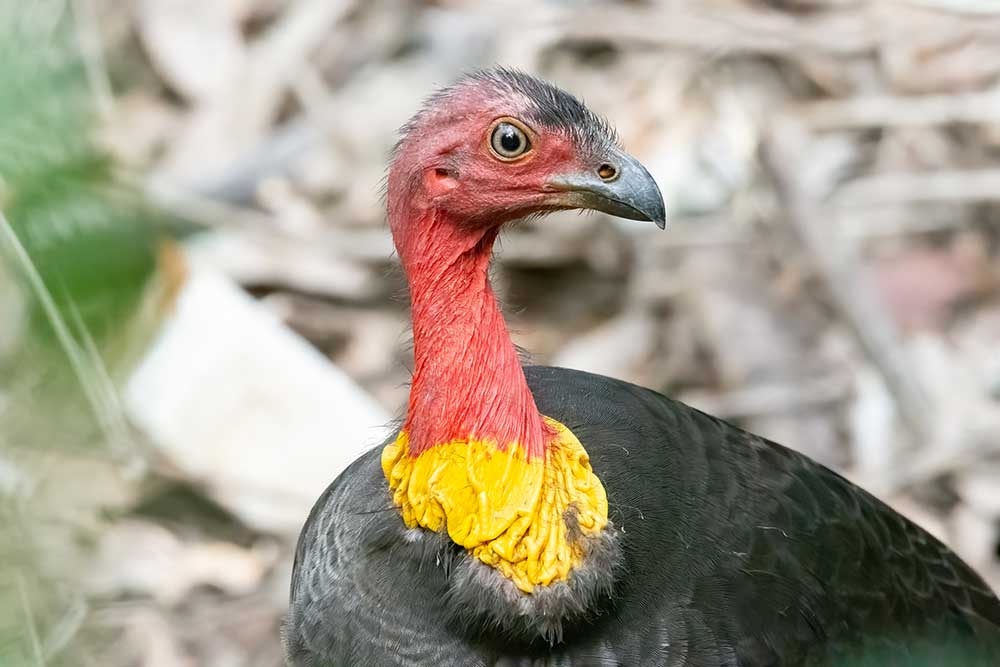
You can learn more about Brush Turkey management at a special event being held on August 21 at Stanton Library.
GOT A NEWS TIP? GET IN TOUCH!
Email: [email protected]
Get The Latest News!
Don’t miss our top stories delivered FREE each Friday.
